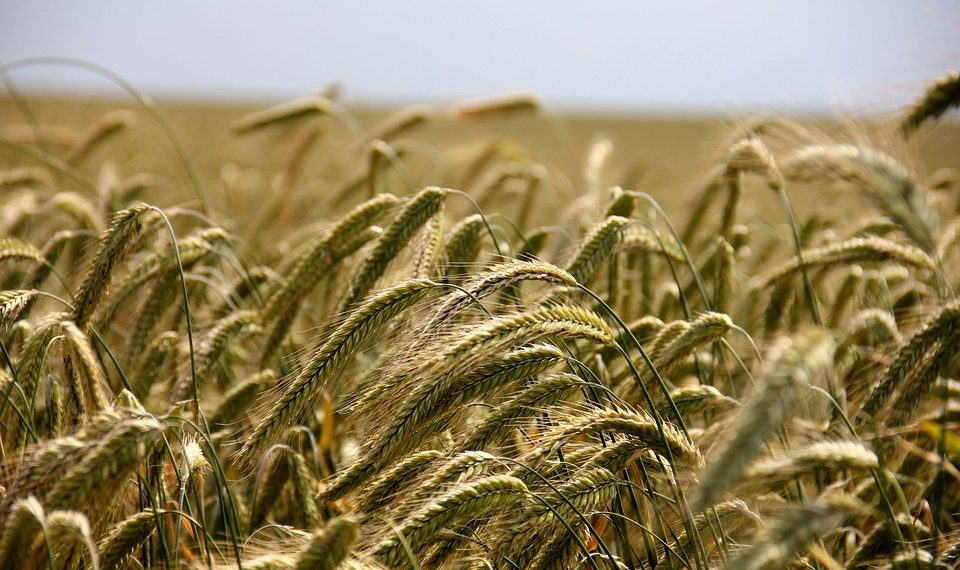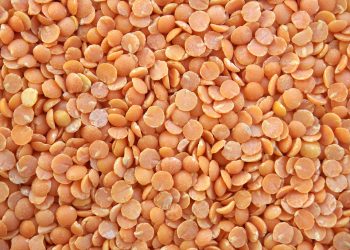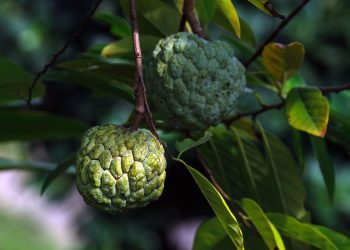Midday slump meets your favorite mug. Just like many, you might reach for coffee to jolt your energy back to life. But have you ever considered a different option entirely? Wheatgrass juice stands out as a vibrant contender to boost your metabolism. Packed with nutrients and vitality, it’s not just a passing health trend but a substantive choice with potential benefits worth exploring.
Contents
The Nutritional Profile of Wheatgrass Juice
First, let’s appear to the nutritional value of wheatgrass juice. Rich in vitamins A, C, and E, along with an array of B vitamins, it also provides essential minerals like calcium, magnesium, and iron. A study published in the Journal of Food Science and Technology detailed the abundance of these nutrients, illustrating how they contribute to overall health and vitality (Gopalan & Manjula, 2016).
But what does this mean for your metabolism? In short, the multitude of nutrients in wheatgrass juice plays a foundational role in several bodily functions, including digestion and energy utilization. It becomes crucial to understand how these aspects interconnect to get a clearer picture of wheatgrass juice’s potential benefits.
1. Enhancing Digestion
One of the most significant benefits of wheatgrass juice is its ability to enhance digestion. The high fiber content found in wheatgrass contributes to gut health by promoting regular bowel movements, thereby minimizing constipation and discomfort.
A study highlighted in Nutrients found that dietary fiber supports the proliferation of beneficial gut bacteria, which can have a cascading effect on metabolic health (Slavin, 2013). When your digestive system operates efficiently, your body absorbs nutrients more effectively and uses energy more optimally.
However, keep in mind that introducing wheatgrass juice might come with a gentle adjustment period for your digestive system. Start with small amounts and pay attention to how your body reacts.
2. Antioxidant Properties
Wheatgrass juice contains powerful antioxidants such as chlorophyll, vitamins, and phenolic compounds that combat oxidative stress. Oxidative stress can disrupt metabolic pathways and lead to chronic conditions.
Research published in the Journal of Agricultural and Food Chemistry suggests that antioxidants help reduce inflammation and support cellular repair (Cai et al., 2010). As you consume wheatgrass juice regularly, these antioxidants work to shield your cells and maintain metabolic balance, potentially resulting in improved energy levels throughout the day.
That said, while antioxidants are beneficial, they are most effective as part of a balanced diet. Relying solely on wheatgrass juice for antioxidants can limit the diversity of nutrients you receive from other food sources.
3. Blood Sugar Regulation
One of the more compelling aspects of wheatgrass juice is its potential impact on blood sugar levels. Maintaining stable blood sugar is crucial for managing hunger and energy. The fiber in wheatgrass juice can slow the absorption of sugar in the bloodstream, contributing to better overall blood sugar control.
In a study published in the American Journal of Clinical Nutrition, researchers observed that diets rich in fiber are associated with a lower risk of developing insulin resistance and type 2 diabetes (Slavin & Lloyd, 2012). This means that including wheatgrass juice in your daily routine could support better metabolic function by helping your body utilize energy more effectively.
However, wheatgrass juice isn’t a substitute for managing blood sugar through a balanced diet. It acts as a supportive element but should be combined with other healthy practices for optimal results.
4. Energy Boost
Feeling energetic can sometimes be a hurdle, especially as the day wears on. One particular study published in the Journal of Nutritional Biochemistry found that nutrients in wheatgrass can influence the body’s mechanisms for energy production (Carter et al., 2014). The chlorophyll found in wheatgrass is believed to enhance oxygen utilization and blood circulation, contributing to a natural uplift in energy levels.
Moreover, the vitamins and minerals present in wheatgrass juice play vital roles in converting food into energy. For example, the B vitamins are key players in energy metabolism, working hand in hand to ensure your body can efficiently transform carbohydrate and fat into usable energy.
Yet, while wheatgrass juice can promote energy, it should complement a lifestyle that includes adequate sleep and a balanced diet rich in whole foods.
5. Supporting Weight Management
If you’ve ever embarked on a journey to manage your weight, you might understand the significance of having a balanced metabolism. Wheatgrass juice, with its low-calorie density and high nutrient content, can be a fantastic addition.
A study in the Journal of Obesity outlines how nutrient-dense foods contribute to satiety, preventing overeating and aiding weight management (Korner et al., 2004). When consumed as part of a balanced diet, wheatgrass juice can fill you up without loading you down with extra calories.
However, it’s critical to view wheatgrass as a complementary addition rather than a magic solution. Weight management is multifaceted, influenced by overall diet, exercise habits, and lifestyle choices.
FAQs about Wheatgrass Juice and Metabolism
1. Can I drink wheatgrass juice every day?
Yes, many people incorporate wheatgrass juice into their daily routines. However, moderation is key—starting with a small amount, such as 1 ounce, can prevent digestive discomfort as your body adjusts.
2. Is wheatgrass juice better than wheatgrass powder?
Both forms have benefits, but wheatgrass juice may deliver nutrients quicker due to the liquid form. However, wheatgrass powder retains fiber, which is essential for digestion. Choosing between them may depend on your specific health needs.
3. Can wheatgrass juice cause any side effects?
While generally safe, some individuals might experience digestive issues, including nausea or bloating. If this occurs, it’s advisable to reduce the amount you consume or consult a healthcare professional.
4. Does wheatgrass juice contain gluten?
Wheatgrass juice is gluten-free since it’s made from the young grass before the plant produces grain. However, it’s important to check labels for any potential contamination if you’re highly sensitive to gluten.
Conclusion: A Green Path to Metabolic Health
Wheatgrass juice isn’t just a trendy addition to your health regimen; it holds a range of potential benefits that could positively affect your metabolism. From enhancing digestion to providing valuable antioxidants, it embodies a holistic approach to health.
Yet, remember that no single food can replace a well-rounded diet and healthy lifestyle. As you consider incorporating wheatgrass juice into your life, approach it with curiosity and awareness. The journey to better wellness is often as much about the little choices as it is about the big decisions.
References
- Gopalan, S., & Manjula, S. (2016). Nutritional evaluation and functional properties of wheatgrass juice. Journal of Food Science and Technology, 53(6), 2653-2660. URL: https://link.springer.com/article/10.1007/s11483-016-1032-3
- Slavin, J. (2013). Fiber and Prebiotics: Mechanisms and Health Benefits. Nutrients, 5(4), 1417-1435. URL: https://www.mdpi.com/2072-6643/5/4/1417
- Cai, Y., Luo, Q., Sun, M., & Wang, X. (2010). Antioxidant activity and phenolic compounds of 112 traditional Chinese medicinal plants associated with the treatment of cardiovascular disease. Journal of Agricultural and Food Chemistry, 58(1), 370-377. URL: https://pubs.acs.org/doi/10.1021/jf902941x
- Slavin, J. L., & Lloyd, B. (2012). Health Benefits of Fruits and Vegetables. American Journal of Clinical Nutrition, 96(5), 1226S-1231S. URL: https://academic.oup.com/ajcn/article/96/5/1226S/4571022
- Carter, J. M., et al. (2014). The effects of dietary antioxidants on health and performance of athletes: a review. Journal of Nutritional Biochemistry, 25(10), 1056-1068. URL: https://www.sciencedirect.com/science/article/abs/pii/S095528634140053X
- Korner, J., et al. (2004). Weight gain in obesity: the role of the environment and genetics. Journal of Obesity, 12(3), 143-148. URL: https://www.hindawi.com/journals/jo/2004/143075/
Get Your FREE Natural Health Guide!
Subscribe now and receive our exclusive ebook packed with natural health tips, practical wellness advice, and easy lifestyle changes — delivered straight to your inbox.














